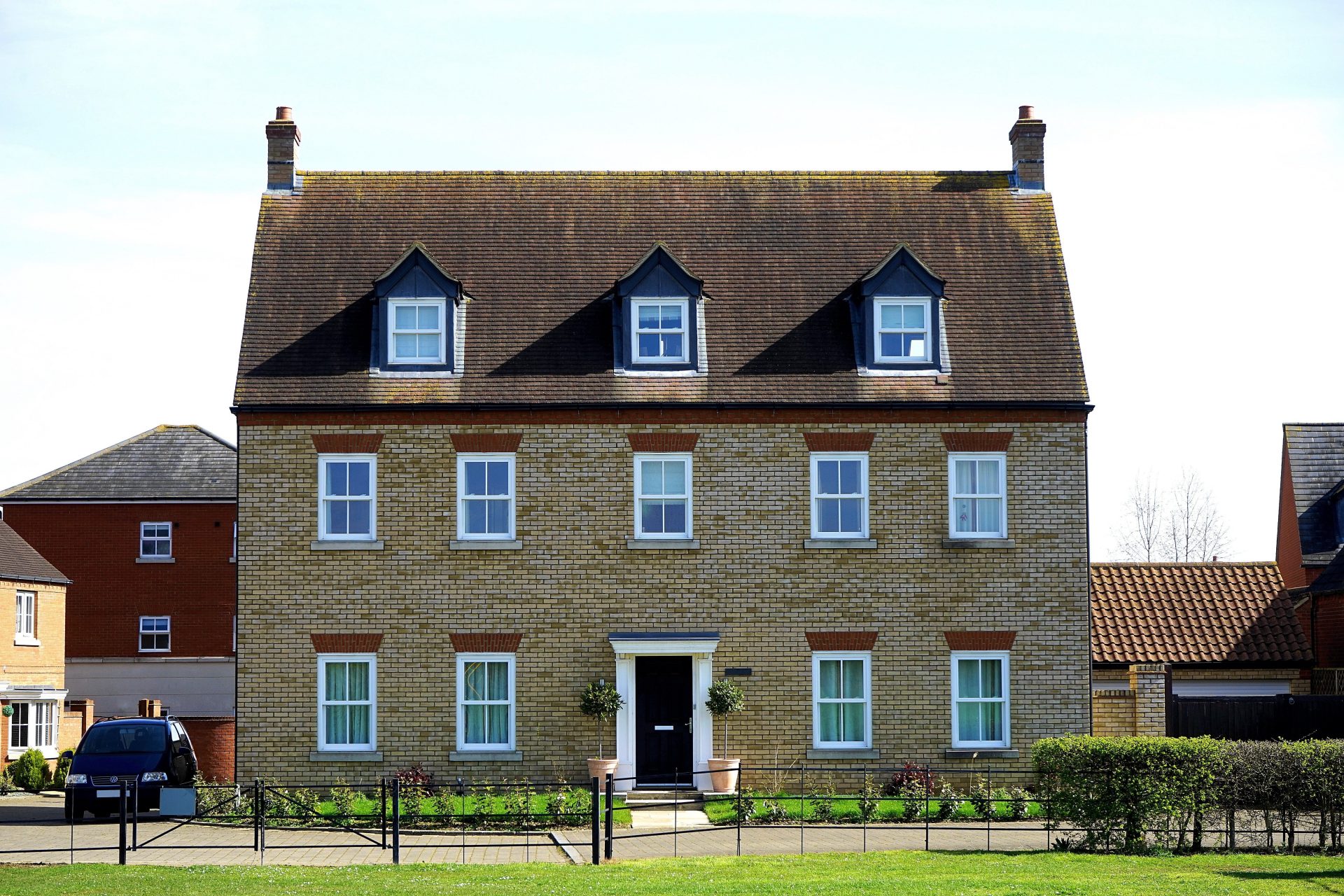Have you recently noticed dark streaks on your roof? If so, chances are the underlying issue has been brewing for some time. If it looks like you have an excessive amount of soot or dirt running down the side of your roof, your roof has most likely developed a common form of algae called gloeocapsa magma—also known as blue green algae. Luckily for homeowners, this unattractive condition is relatively easy to remove. However, preventing it from happening again is a little more difficult. Read on to learn more about this common roofing issue and what you can do to remove it.
How did my shingles develop algae?
Weather is typically the main cause for algae to develop. Areas that experience warm and humid climates provide the perfect environment for algae to flourish. Homes that develop algae will usually have the discoloration on the north side. This is due to the fact that the north side of your roof stays in the most shade during the day. These long periods of shade allow moisture to accumulate on the shingles and there isn’t enough time for the roof to dry out. Perpetually damp surfaces are exactly what algae needs to form.
If it’s called blue green algae, why is it black?
Despite its name, this type of algae typically resembles soot or dirt. This strain of algae develops a pigmented coating that acts as a protective layer against UV rays. That protective layer is what gives the algae a dark appearance.
How do I remove algae buildup from my roof?
Removing the discoloration can be achieved by deep cleaning your roof. You can decide to take this task on yourself or hire professionals. It’s important to remember before you climb up onto your roof that not only is getting on your roof dangerous, any cleaning you take upon yourself could affect your roof warranty or homeowner insurance policy.
If you decide to clean the roof yourself, do not use a power washer. Even though it may seem to be the best tool for the job, you will cause more harm in the process. The high pressure released from the washer can remove the protective layer on the shingles or dislodge them completely. There are a number of bleach-based cleaners on the market that can help remove and lighten the stains caused by the algae.
Can I prevent algae from forming?
Once you have removed the appearance of the algae, the best thing you can do to reduce the chances of having it happen again is to follow a few simple maintenance steps.
Make it a habit to check your roof for debris. Allowing the sun to completely reach your shingles will help eliminate any damp spots on your roof. Ensuring that your gutters and downspouts are also clear of debris will help keep moisture from collecting near the shingles. While you are cleaning your gutters, be sure to check that all water is being properly diverted off of the roof. This is especially important if you have a portion of your gutter system that exits onto the lower half of your roof. Water that is diverted to run across the lower half of your roof can cause water to pool and promote the growth of algae.
The only aspect of algae formation that can make it a challenge to avoid are the spores that create it in the first place. Algae fungal spores are airborne. If roof algae is a problem in your neighborhood, it’s very important that you make those simple maintenance steps a priority. By conducting a routine check of your roof, you can be sure you are doing everything you can to eliminate the problem from recurring.
Contact ERD
At Exterior Remodel & Design, Inc., we offer an experienced team of roofing professionals with knowledge on a variety of roofing services. For more information, contact the professionals at Exterior Remodel & Design, Inc. by phone at (402) 861-0000, by email, or by contact form.

